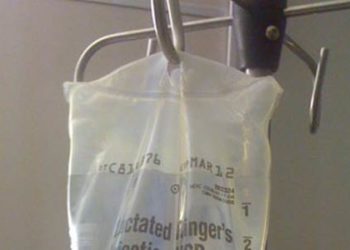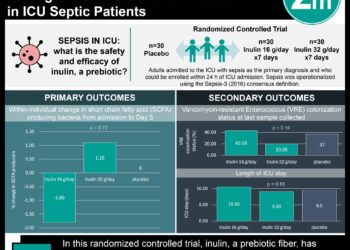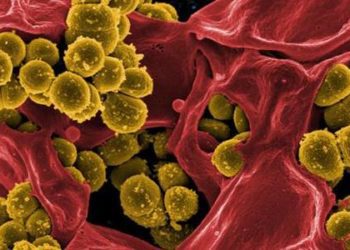Polymyxin B hemoperfusion unlikely to reduce mortality for sepsis
1. In this randomized controlled trial, hemoperfusion with polymyxin B resulted in similar 28-day mortality compared to sham hemoperfusion for patients with sepsis with elevated endotoxins.
Evidence Rating Level: 1 (Excellent)
Study Rundown: In sepsis, high endotoxin levels are associated with greater risk of multiple organ failure and mortality. Though numerous strategies to prevent endotoxin-mediated toxicity in sepsis have been attempted in clinical trials, none of these have led to improved clinical outcomes. In this randomized controlled trial, patients with sepsis and high toxin elevations were randomized to receive high-affinity polymyxin B, which selectively absorbs endotoxins, or sham hemoperfusion. There was no significant difference in 28-day mortality between groups.
Though this trial strongly suggests that polymyxin B is unlikely to lead to reduced mortality for sepsis patients, it is possible that the study was insufficiently powered to detect a small difference. However, it is unclear if such a small difference would be clinically significant, further suggesting that polymyxin B is unlikely to help sepsis patients.
Click to read the study in JAMA
Relevant Reading: Diagnostic and prognostic implications of endotoxemia in critical illness: results of the MEDIC study
In-Depth [randomized controlled trial]: 450 patients with sepsis and endotoxin activities >0.60 were recruited for the Evaluating the Use of Polymyxin B Hemoperfusion in a Randomized Controlled trial of Adults Treated for Endotoxemia and Septic Shock (EUPHRATES) trial across 55 tertiary hospitals in the United States and Canada between September 2010 and June 2016. Patients were eligible if they had arterial hypotension requiring vasopressor therapy equal to or greater than an equivalent of 0.05μg/kg/min of norepinephrine for at least 2 consecutive hours and no more than 30 hours prior to randomization, received intravenous antibiotics for a documented or suspected infection, received at least 30 mL/kg of intravenous crystalloid fluid (or equivalent) in the preceding 24 hours, and had at least 1 additional new organ dysfunction
due to the acute illness. Patients were similar on base-line characteristics. Patients were randomized to receive polymyxin B or sham hemoperfusions. The 28 day-mortality rate was similar between both groups, with mortality rate for polymyxin B at 37.7% and sham at 34.5% (Risk ratio 1.09; CI95 0.85 to 1.39). In the MODS population, there was also no statistically significant difference in 28-day mortality between groups (p = 0.92).
Image: PD
©2018 2 Minute Medicine, Inc. All rights reserved. No works may be reproduced without expressed written consent from 2 Minute Medicine, Inc. Inquire about licensing here. No article should be construed as medical advice and is not intended as such by the authors or by 2 Minute Medicine, Inc.







